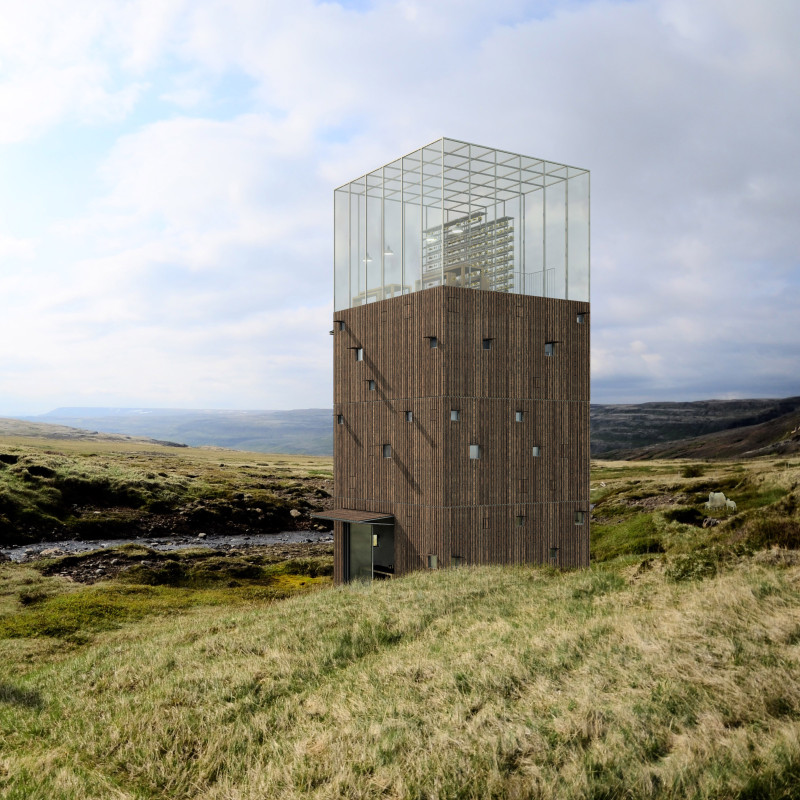5 key facts about this project
### Project Overview
The Landmark project is situated within a rugged terrain characterized by verdant landscapes and dynamic coastal elements, reflecting an architectural response to the unique geographical context. The design aims to foster a connection between the built environment and nature through a flexible modular system that adapts to changing environmental conditions and user needs.
### Spatial Strategy and Flexibility
The design incorporates a structural modularity that allows for configuration adjustments to create diverse spaces, including living areas, observation platforms, and visitor amenities. This adaptability positions the building to respond to various functions throughout its lifecycle. A key feature is the integration of an environmental responsiveness strategy, utilizing local climatic conditions to enhance energy efficiency. Systems for water and heat management have been designed within the framework to optimize resource usage, reinforcing the commitment to sustainability.
### Material Selection and Interaction
Material choices prioritize durability, aesthetic quality, and ecological sustainability. Wood is utilized for both structural and cladding elements, ensuring harmony with the natural environment while demonstrating eco-friendly sourcing from local forests. Glass elements provide expansive views and maximize natural lighting, fostering an immersive interaction with the surroundings. Subtle metallic components enhance structural integrity, while concrete serves as a robust foundation, allowing for flexible upper configurations. These materials collectively contribute to a visual contrast that emphasizes the relationship between the structure and its environment.
Design elements include a lower volume with organic forms and a contrasting glass upper structure, symbolically bridging earth and sky. The flexible interior layout supports multifunctional use and adapts to various activities, from social gatherings to private retreats. A glass roof manages temperature and humidity while providing natural light, complemented by green terraces that promote biodiversity and visitor comfort. The design encourages diverse user experiences, offering serene spaces alongside elevated observation points, facilitating engagement with the landscape and fostering personal connections.





















































